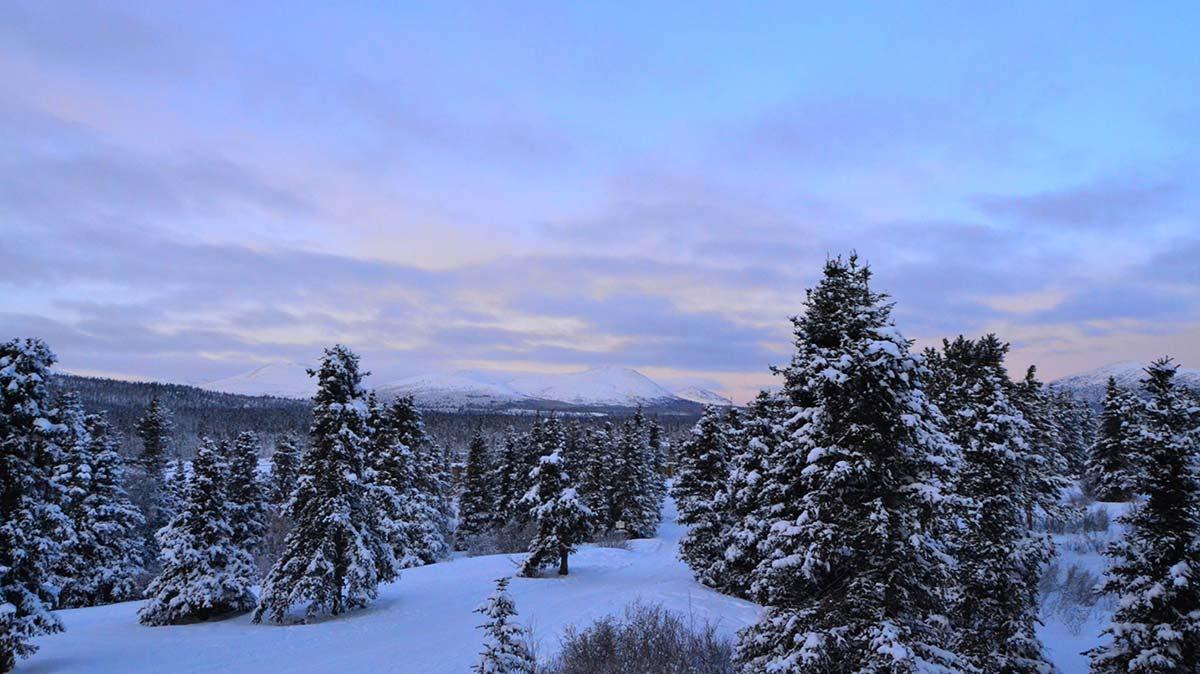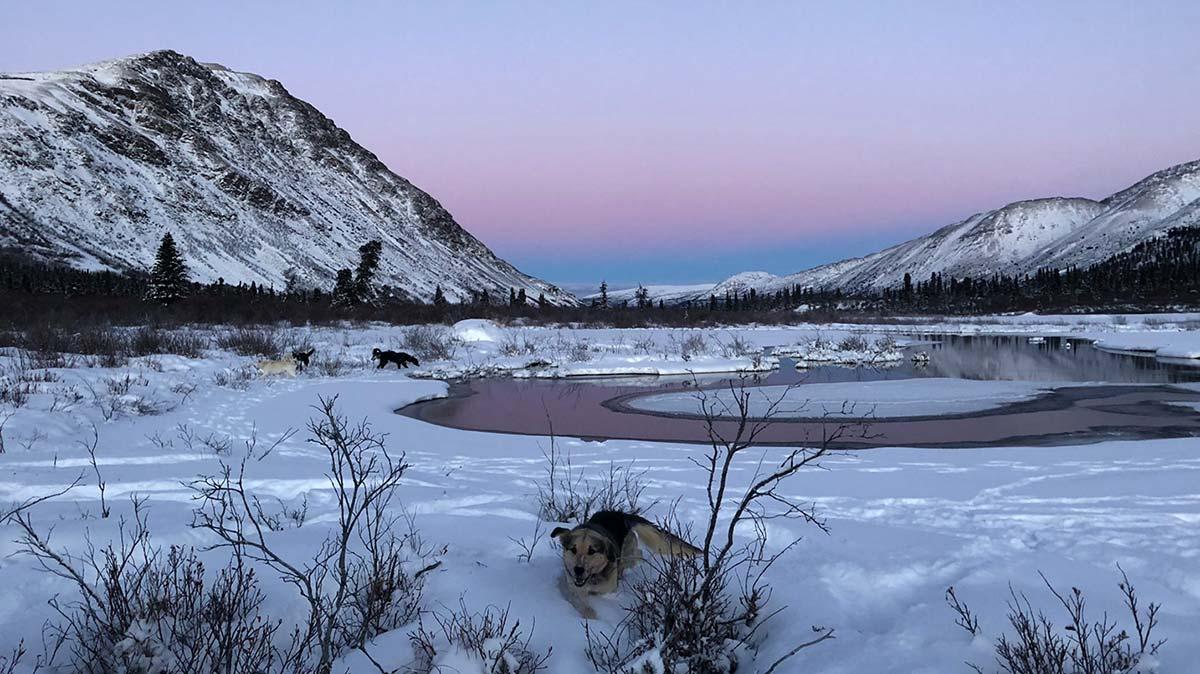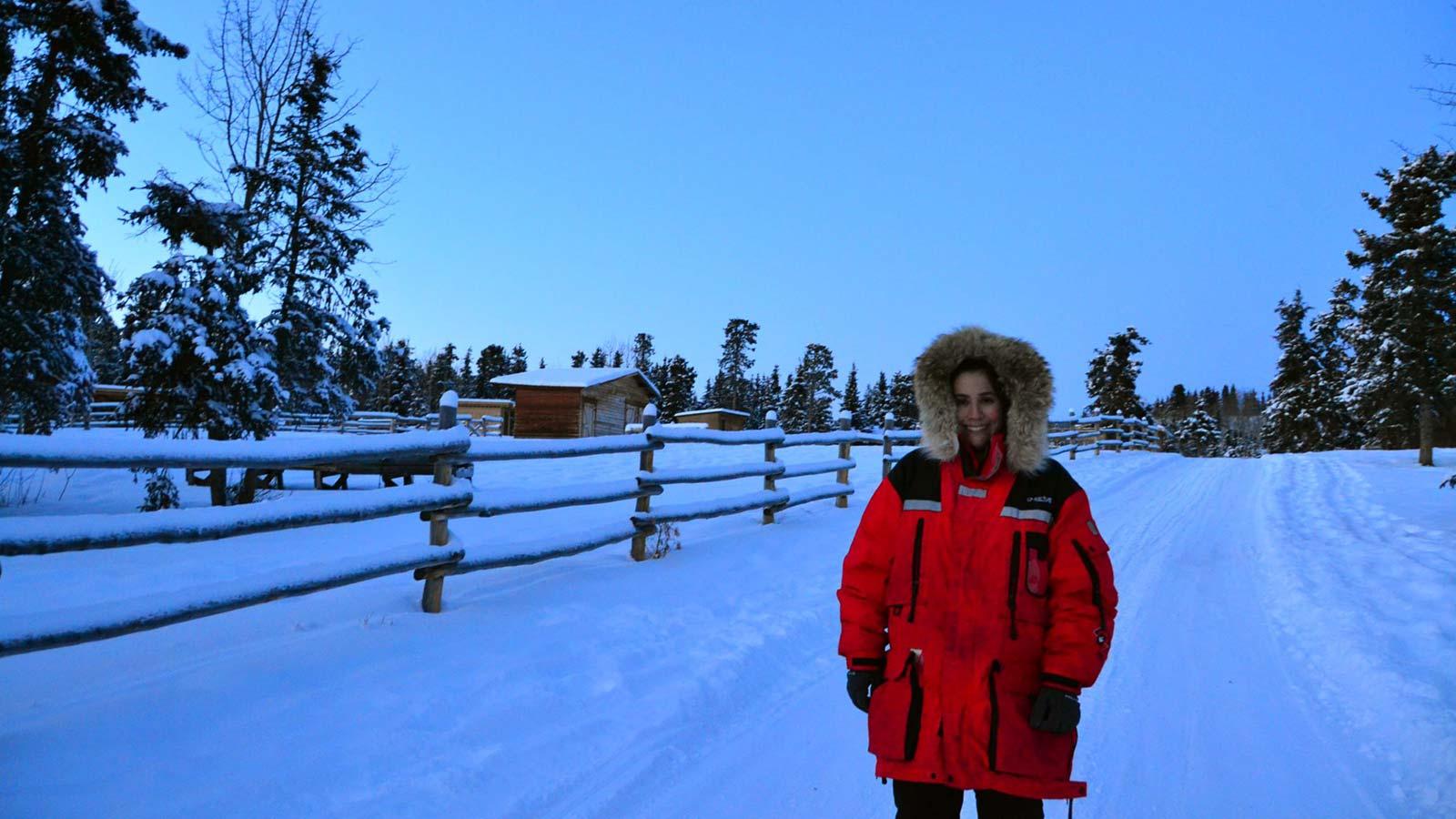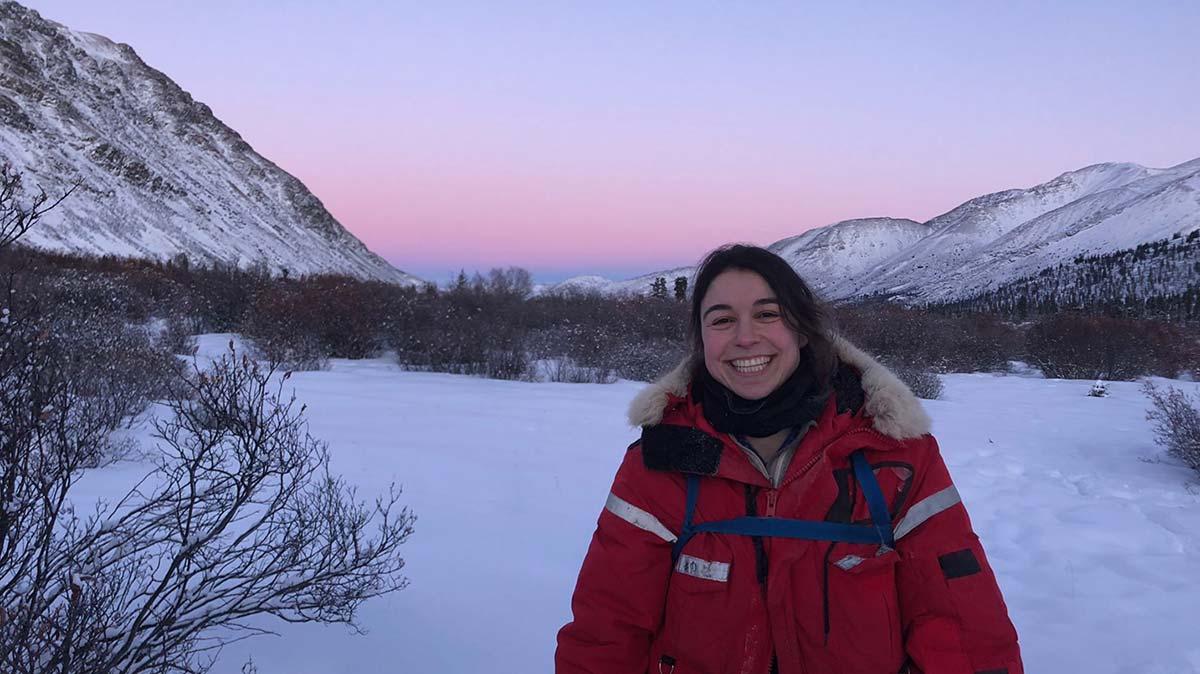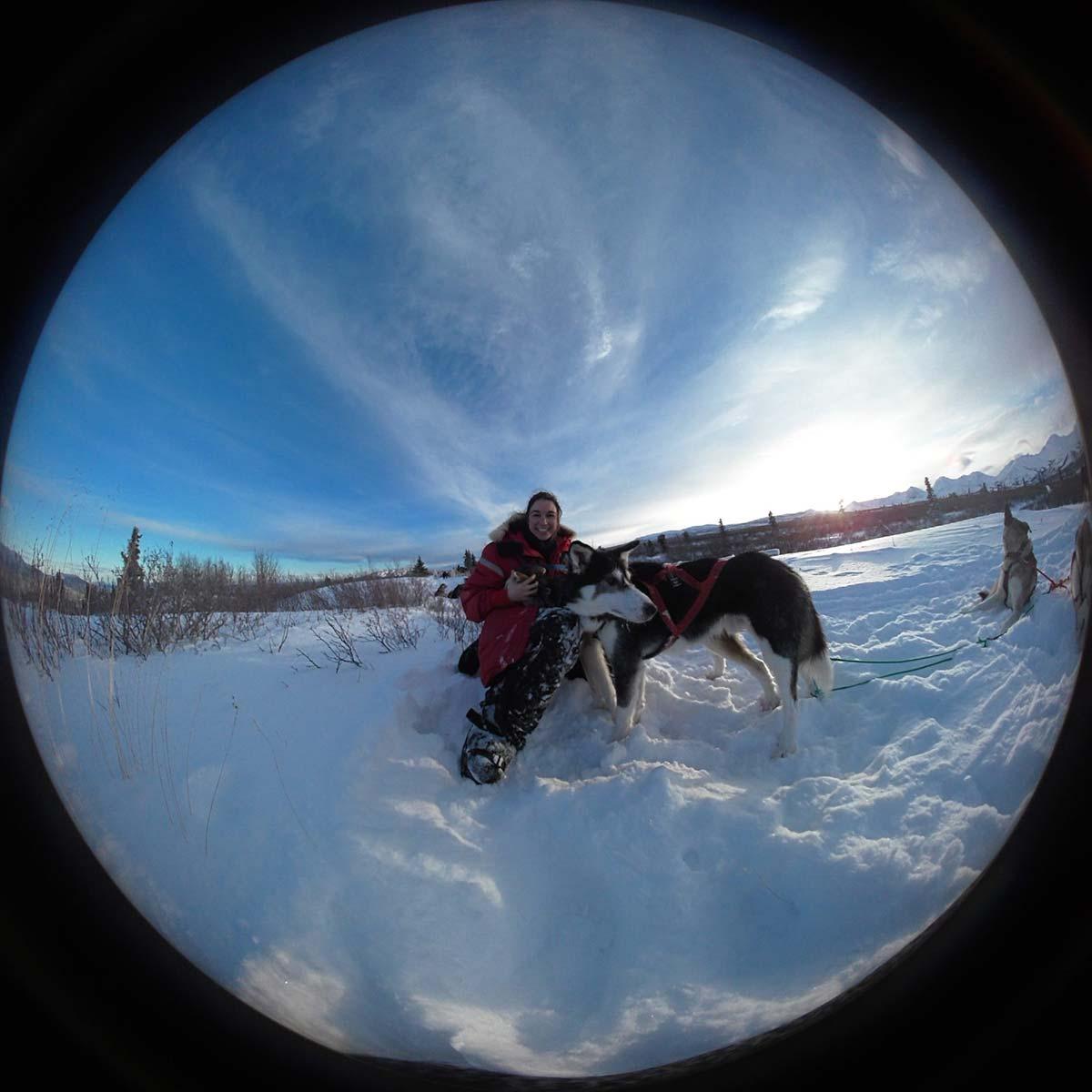From Hamilton, New York, climate change can seem like a distant problem. We count our blessings on January days when it’s warm enough to walk outside without coats. We try to forget last year’s record hurricane season and the trillion-ton iceberg that broke off Antarctica.
Yet other places around the world are already experiencing serious impacts of climate change. For our AMS project, we decided to learn firsthand about the effects of climate change on two very different places in Canada: Whitehorse (capital city of the Yukon) and Vancouver. Whitehorse, in Canada’s far north, would give us a picture of the rural dimensions of climate change in a high latitude region. Vancouver, a bustling coastal city, would give us the chance to look at climate change from an urban perspective.
While in the Yukon, we visited a wilderness ranch that specializes in dog sledding trips. We talked with wilderness guides about how they saw climate change impacting their futures. They shared with us that for the past couple of years they have not been getting enough snowfall, causing sledding trails in certain areas to become exposed. Very soon they will not be able to access cabins in extremely remote areas due to lack of snow on the tracks. Many of these remote cabins are only accessible in the winter because you have to cross several frozen lakes to reach them. Over the course of the ten days we were at the ranch, the weather fluctuated dramatically from 0C to -45C and the area received 25 centimeters of snow. In the past, temperatures in January were consistently around -30C, making it too cold to snow. These odd weather patterns are already affecting rural Yukon communities. Rising temperatures and decreasing snowfall leave the future of dog sledding in the territory uncertain.
Next we went on to Vancouver to get an idea of how climate change will affect a populous coastal city. Vancouverites are already conscious of how rising sea levels will threaten their city. While in Vancouver, we saw an art installation called A False Creek beneath a bridge. Colored bands on the supports of the bridge depict the heights sea levels are expected to reach in the coming years. It visually drove home the point that parts of Vancouver will eventually be underwater.
In Vancouver, we had the chance to talk with a member of Citizens’ Climate Lobby (CCL) about climate change activism in Vancouver. He confirmed our observation that Vancouver is a particularly environmentally conscious city; community gardens, bike paths, and parks dot the urban landscape. We also discussed recent developments in the climate policy field. Right now, CCL is pushing a modified version of a carbon tax. The policy, called Carbon Fee and Dividend, would tax carbon-based fuels to incentivize the use of renewable energy and then distribute much of that tax revenue back to households.
According to the activist, one of the biggest obstacles standing in the way of progress on climate change is that politicians do not hear enough about it from their constituents. If you’re concerned about climate change, write a letter to your legislators. Tell them to take action on before it’s too late. Check out CCL’s template for ideas.

